The Anderson Collection
The Anderson Collection
On a drizzly Sunday, D. and I got out of the house for a bit and went to see the Anderson Collection at Stanford, only to find the main gallery was closed that day. So we poked around the downstairs gallery and looked at some stuff nearby on campus. Here are some of the pics I took.
Here's the place.
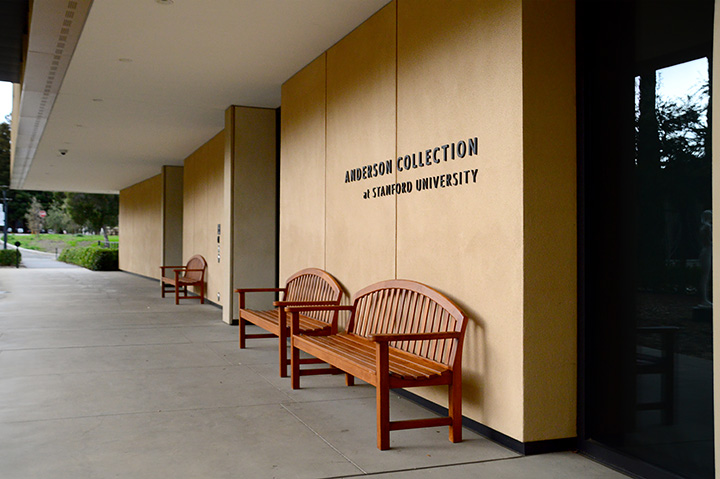
The stairs to the main gallery space are roped off.
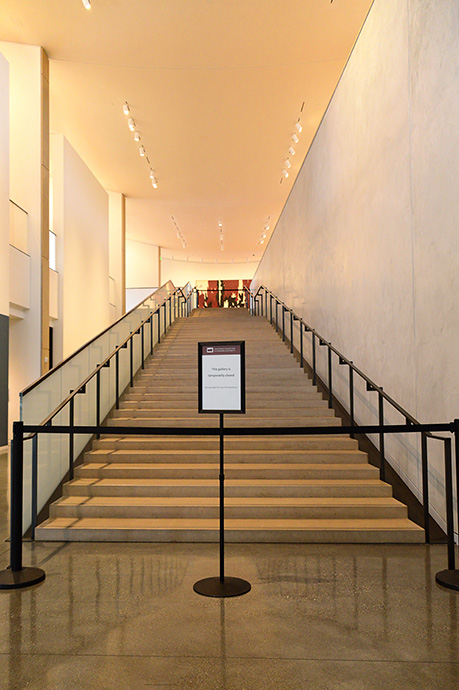
Part of the Salon Style II exhibit in a small downstairs gallery.
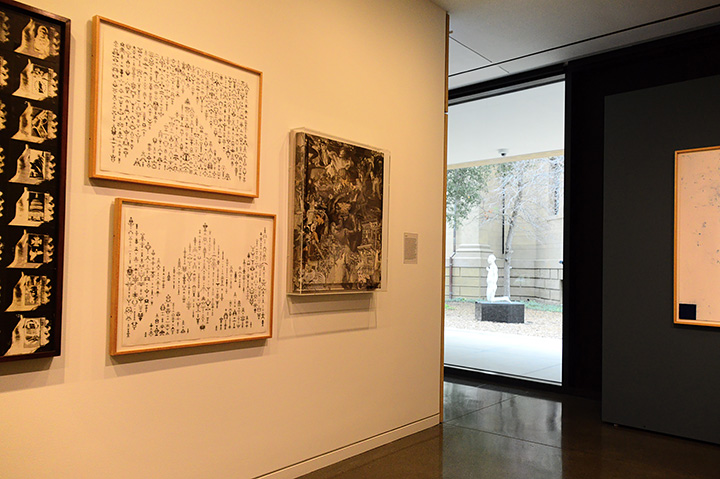
A monitor plays a video about the museum and how great the Andersons were in their generosity of sharing their art collection with the public.
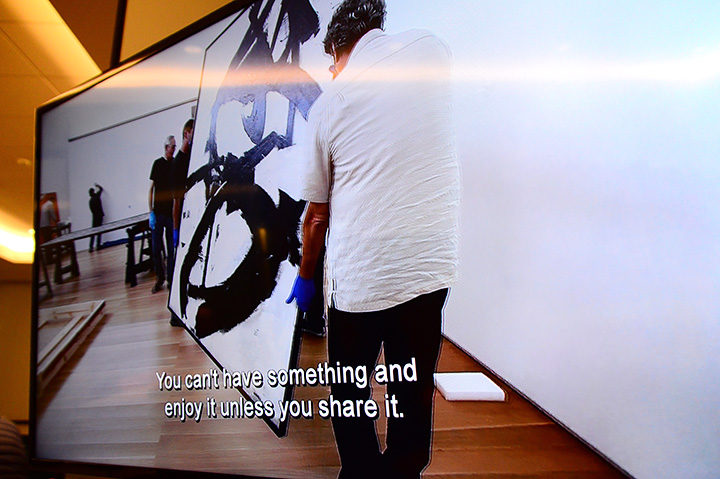
Drawing prompts and art materials on tables in the museum's library/maker space invite people to express themselves.

The wall where people can display their drawings.
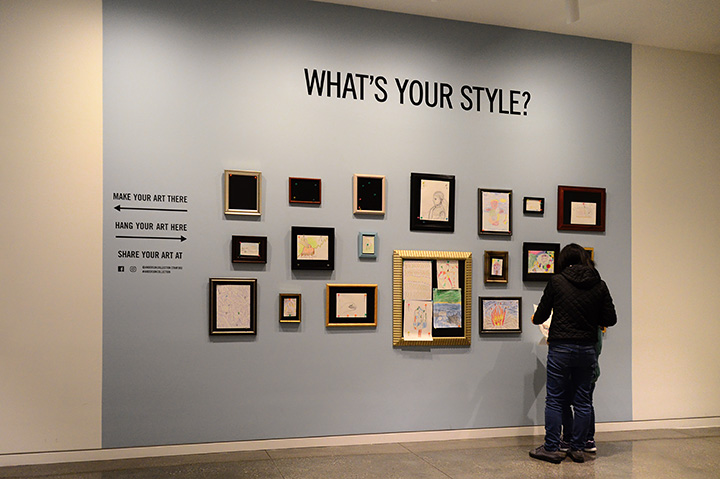
A couple of the pieces on display.
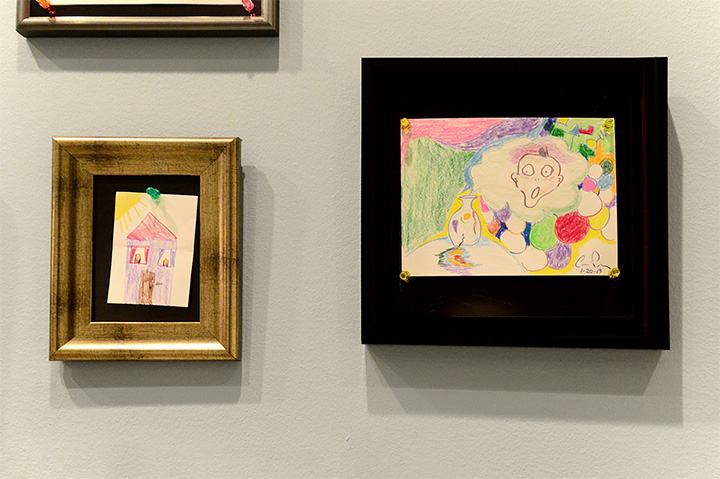
Someone drew a number 88-Louis VTA bus.
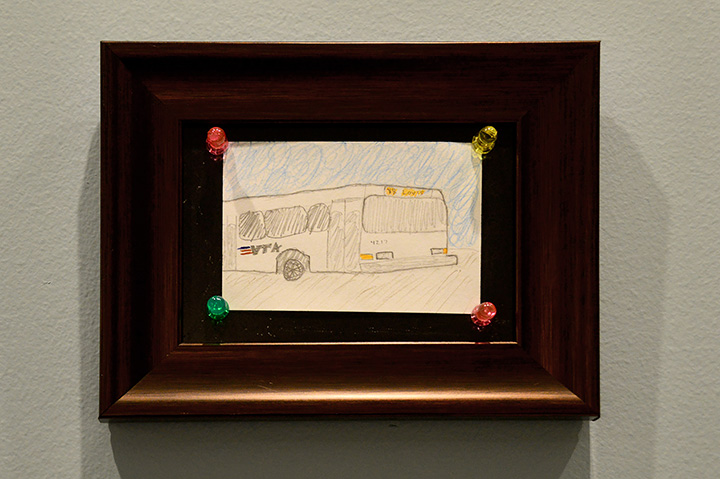
Inspired, D. decides to draw. An example of his minimalist style, D.'s self-portrait explores the themes of identity, memory and personal reality by probing the dichotomy that exists between the individual and the "other" in today's society, tightly focusing on the nuances of tension between subject/object. (I didn't go to 4 years of art school for nothing, heh.)
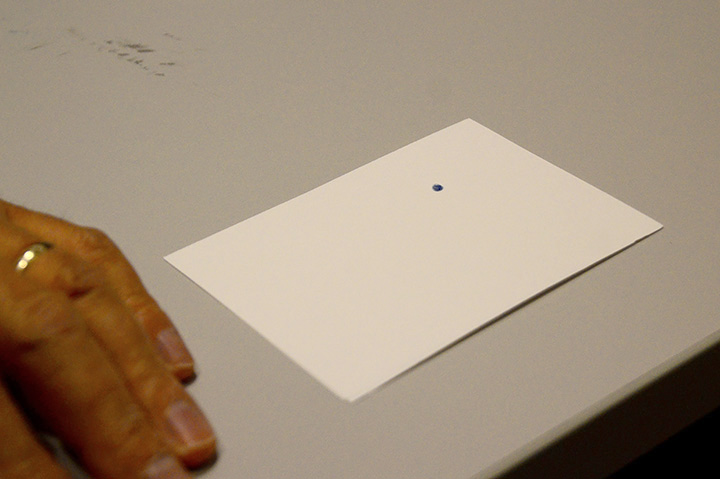
Even the corridors of the museum are used as display spaces.
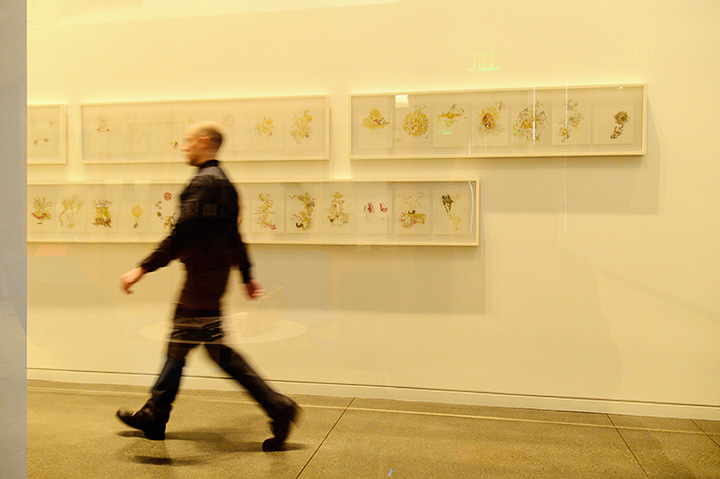
A peek out the library's window, toward the side of the neighboring Cantor Arts Center.
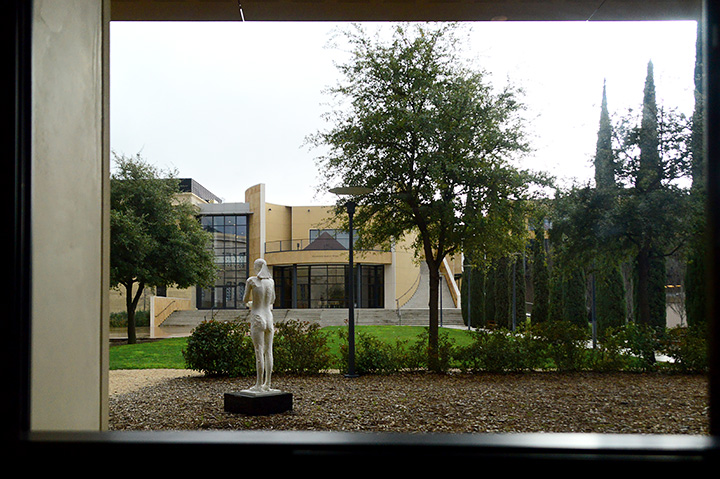
The pedestrian arcade outside the museum, site of future sculpture garden.

Before heading back home, we take a moment to view environmental artist Andy Goldsworthy's Stone River sculpture, nearby the museum.
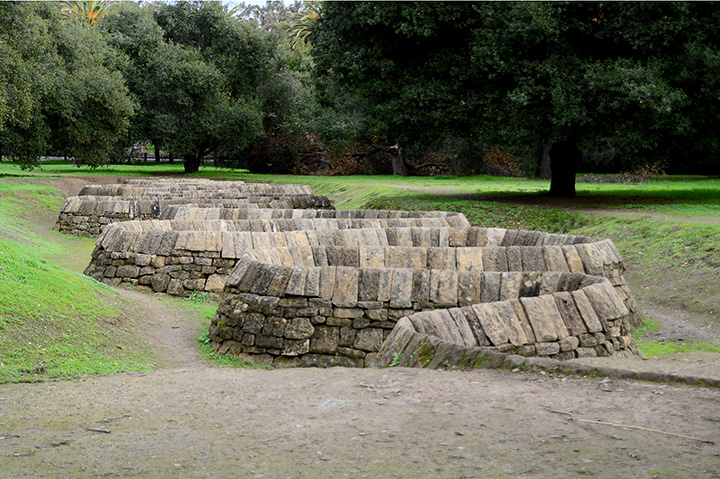
It is constructed from sandstone salvaged from Stanford University buildings destroyed in the 1906 and 1989 earthquakes. Goldsworthy said he strived to bring together the stone's geological and social nature in this work. It was constructed by eight experienced dry-stone wallers who traveled to Stanford from Great Britain. They worked six days a week, 11 hours a day, for 3 1/2 weeks in August 2001 to complete the project. It is composed of some 6,500 stones, including 700 triangular top stones cut to fit specific places in the wall. The sculpture weighs approximately 128 tons.
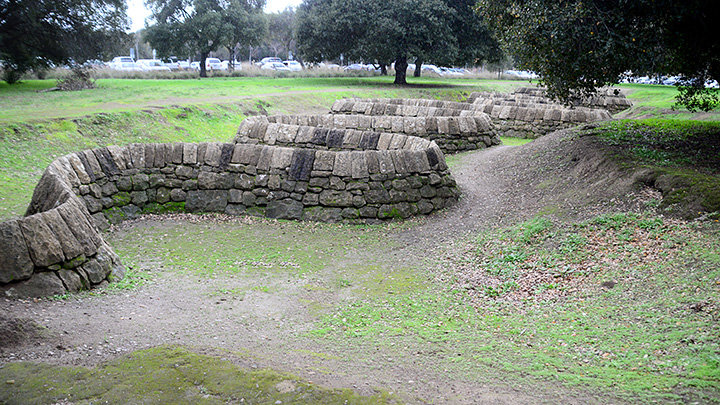
Crevices between the stones provide places for miniature gardens to grow, each their own little secret world.
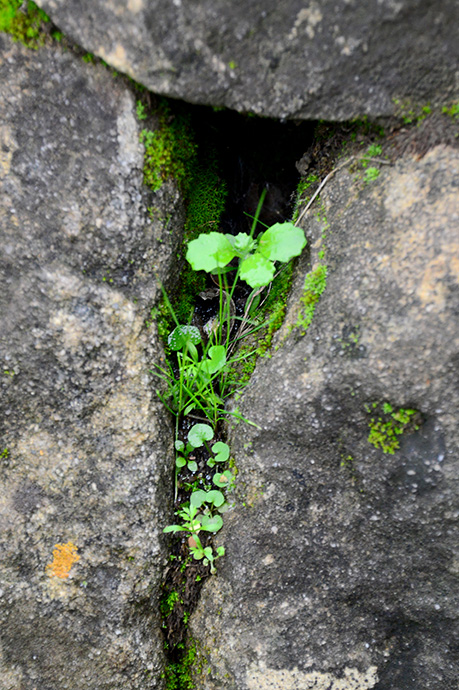
.
On a drizzly Sunday, D. and I got out of the house for a bit and went to see the Anderson Collection at Stanford, only to find the main gallery was closed that day. So we poked around the downstairs gallery and looked at some stuff nearby on campus. Here are some of the pics I took.
Here's the place.

The stairs to the main gallery space are roped off.

Part of the Salon Style II exhibit in a small downstairs gallery.

A monitor plays a video about the museum and how great the Andersons were in their generosity of sharing their art collection with the public.

Drawing prompts and art materials on tables in the museum's library/maker space invite people to express themselves.

The wall where people can display their drawings.

A couple of the pieces on display.

Someone drew a number 88-Louis VTA bus.

Inspired, D. decides to draw. An example of his minimalist style, D.'s self-portrait explores the themes of identity, memory and personal reality by probing the dichotomy that exists between the individual and the "other" in today's society, tightly focusing on the nuances of tension between subject/object. (I didn't go to 4 years of art school for nothing, heh.)

Even the corridors of the museum are used as display spaces.

A peek out the library's window, toward the side of the neighboring Cantor Arts Center.

The pedestrian arcade outside the museum, site of future sculpture garden.

Before heading back home, we take a moment to view environmental artist Andy Goldsworthy's Stone River sculpture, nearby the museum.

It is constructed from sandstone salvaged from Stanford University buildings destroyed in the 1906 and 1989 earthquakes. Goldsworthy said he strived to bring together the stone's geological and social nature in this work. It was constructed by eight experienced dry-stone wallers who traveled to Stanford from Great Britain. They worked six days a week, 11 hours a day, for 3 1/2 weeks in August 2001 to complete the project. It is composed of some 6,500 stones, including 700 triangular top stones cut to fit specific places in the wall. The sculpture weighs approximately 128 tons.

Crevices between the stones provide places for miniature gardens to grow, each their own little secret world.

.